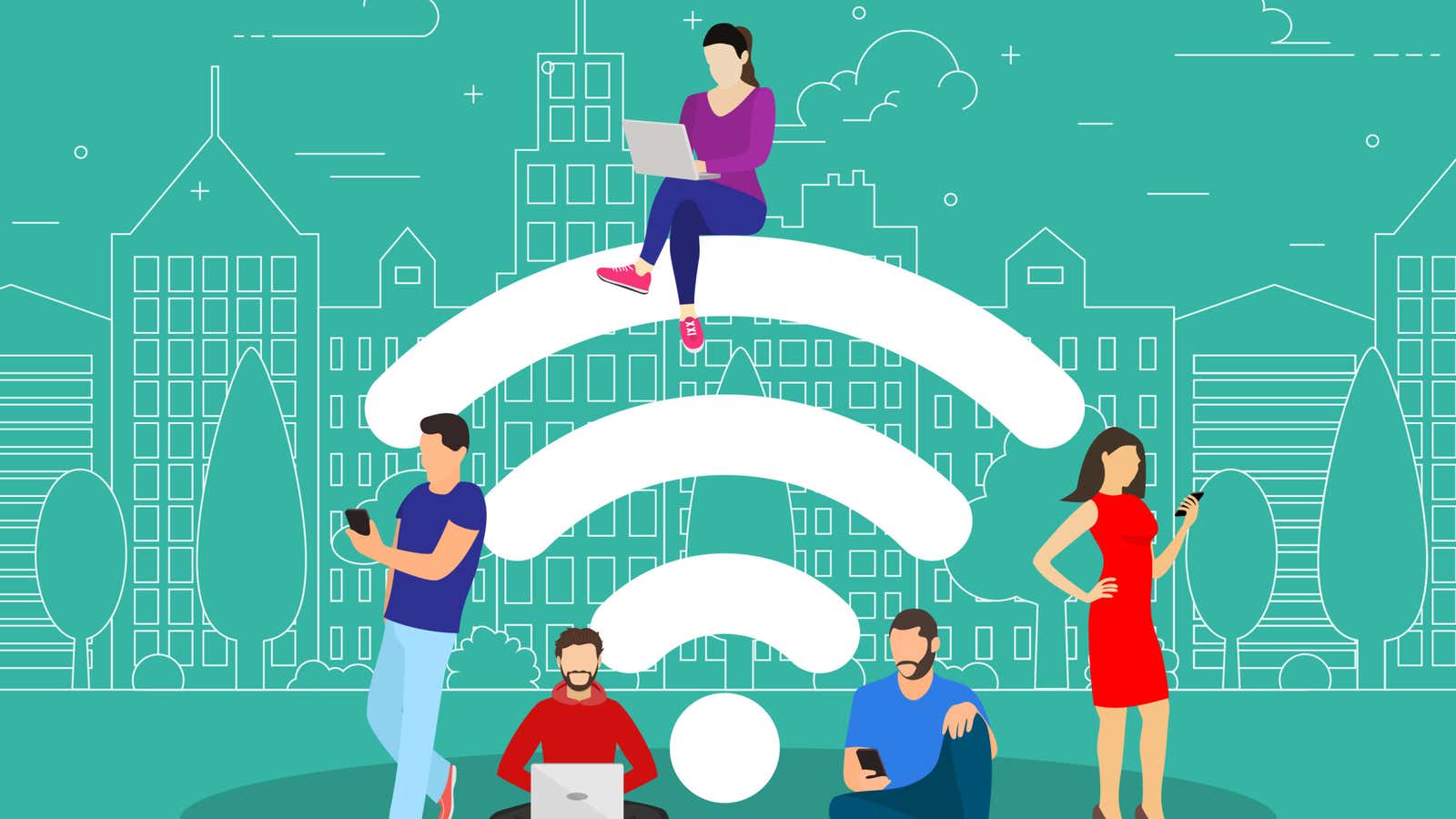What Is Amazon Sidewalk and Why Should It Be Disabled Before June 8th?

On June 8, Amazon will launch a new feature called Sidewalk, which creates small, public internet networks powered by Echo smart speakers and Ring home security products in your area. Yes, including yours, unless you disable this setting, which is enabled by default. This means that if you don’t want your devices to participate in this particular tech experiment, you only have a week left to opt out. But how exactly will the new network work and will it put your data at risk?
What is Amazon Sidewalk?
Amazon notes that while Sidewalk does create a network of devices, we’re not talking about replacing your regular home Wi-Fi network. According to Amazon, Sidewalk is intended to “help devices perform better” and “expand coverage for Sidewalk-enabled devices.” It will only support certain low-power internet functions via Bluetooth, which can come in handy if you want to place the Ring protector on your property, but your home Wi-Fi network does not reach a long enough distance. Sidewalk also includes a Community Finder, which will make location tracking devices such as pet trackers and Tile tags more efficient and easier to locate in the event of a loss.
To use these features, Sidewalk requires your neighbors to have Amazon Sidewalk-enabled products (which Amazon calls “bridges”) that your devices can connect to (and vice versa). However, Amazon takes a proactive approach and enables Sidewalk by default for all applicable devices.
To reiterate , Sidewalk will be disabled for all applicable Amazon devices when it launches on June 8, 2021 . New Alexa accounts and devices will also auto-register in the future – and most likely most people buying Amazon hardware won’t know what Sidewalk is without stumbling upon it in their device settings and turning it off.
Is Amazon Sidewalk safe?
Amazon’s track record with respect to data privacy is crappy , but to its credit, it provides a lot of information about Sidewalk’s privacy protocols and data usage metrics.
All Sidewalk networks are triple encrypted, and Amazon uses several additional security features to keep each user’s identity and data hidden from each other. You won’t know who is connecting to your network, or the exact location of the connected devices, even when using the Community Finder feature (it only provides the general location of the device you’re looking for).
The company also promises that Sidewalk won’t drain your home network bandwidth; at the most, Sidewalk will use 500MB of data per month and 80Kbps of bandwidth at the moment. Half a gigabyte is a decent amount of data that can be dropped if you are using a tight limit, but it will take less than an hour to surpass that amount if you are streaming high-definition media or downloading large files.
How to opt out of Amazon Sidewalk in the Alexa app
Sidewalk might be a great idea that there won’t be a ton of power and data forwarding from the web, and it’s clear Amazon is taking the right security measures, but making the sidewalk opt- out service instead of manual frustrating enough.
If you don’t have large Amazon Sidewalk plans, you can configure Sidewalk settings for all of your devices in the Alexa mobile app. Go to Settings> Account Settings> Amazon Sidewalk. From here, you have several options:
- Click Search Community to turn off rough location display but allow your devices to use Sidewalk, or:
- Click Amazon Sidewalk to turn it off completely.
What devices work with Amazon Sidewalk?
According to Tech Aeris , the following Amazon devices will be enabled at launch on Amazon Sidewalk unless disabled:
- Cam Spotlight Ring (2019)
- Wired Ring Spotlight (2019)
- Ring Spotlight Camera Mount (2019)
- Echo (3rd generation and newer)
- Echo Dot (3rd generation and newer)
- Echo Dot for Kids (3rd generation and newer)
- Echo Dot with Clock (3rd generation and newer)
- Echo Plus (all generations), Echo Show (all models and generations)
- Echo spot
- Echo Studio
- Echo entrance
- Echo Flex
[ TechHive ]
This post was originally published in December 2020 and was updated on June 1, 2021 with new information on the deprecation deadline and supported devices.